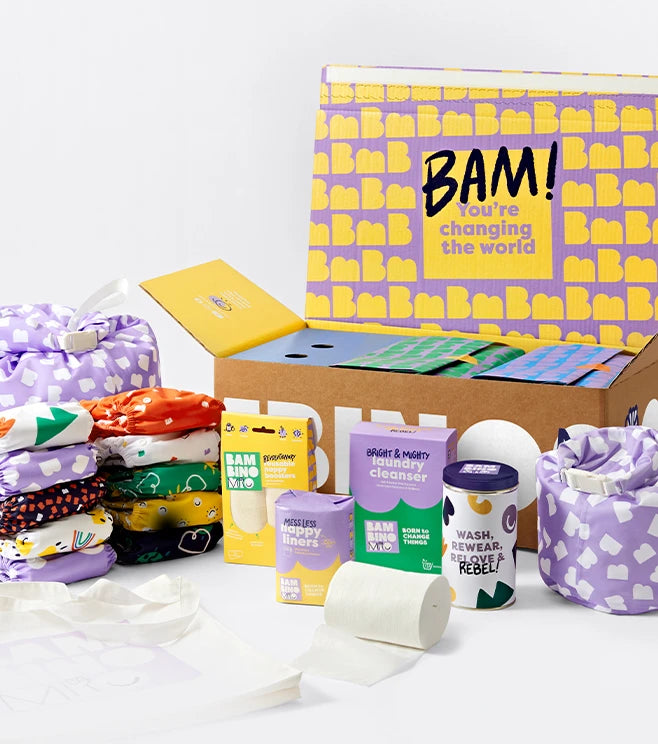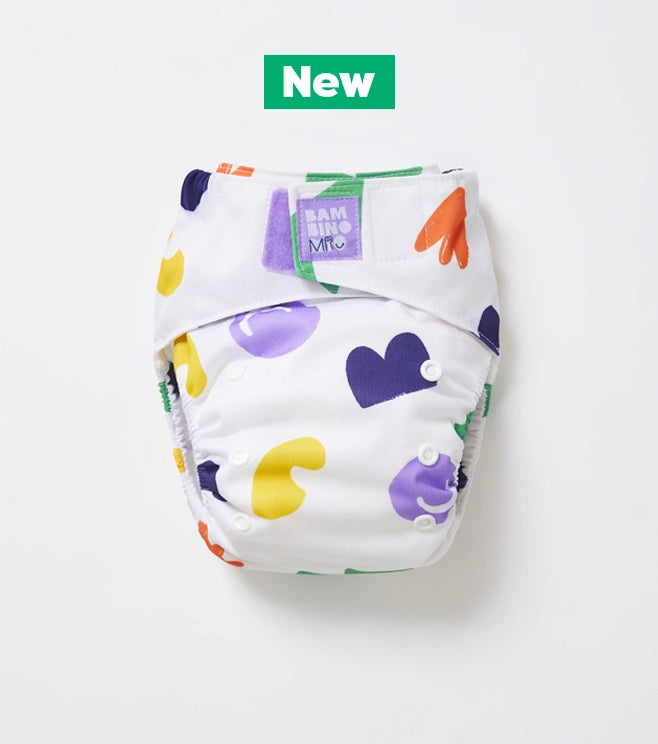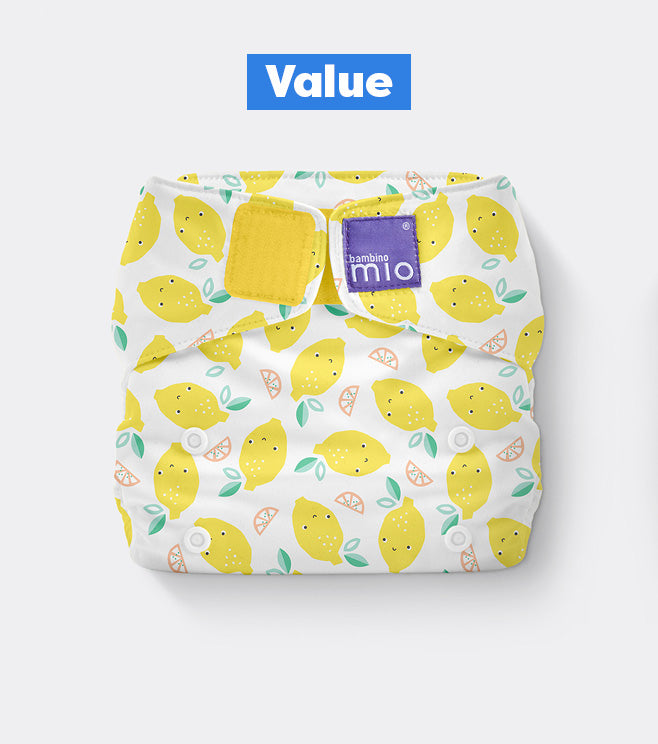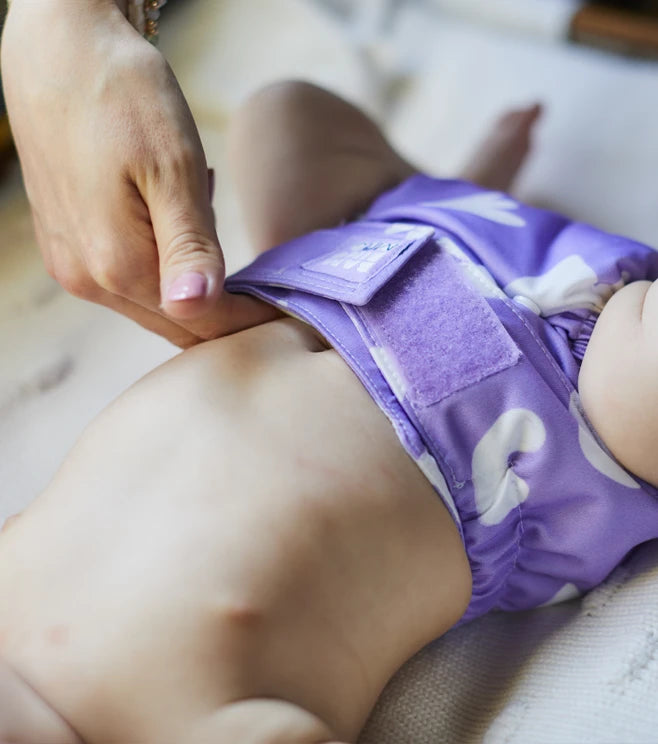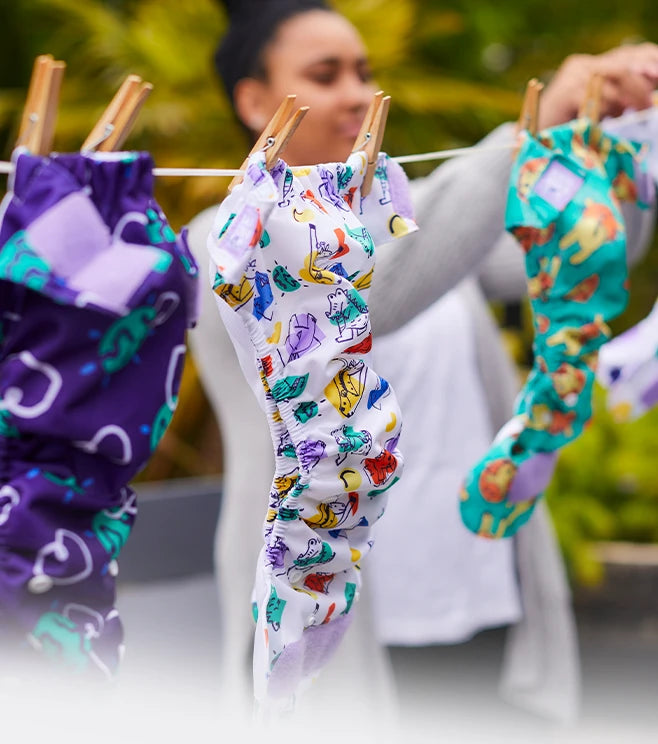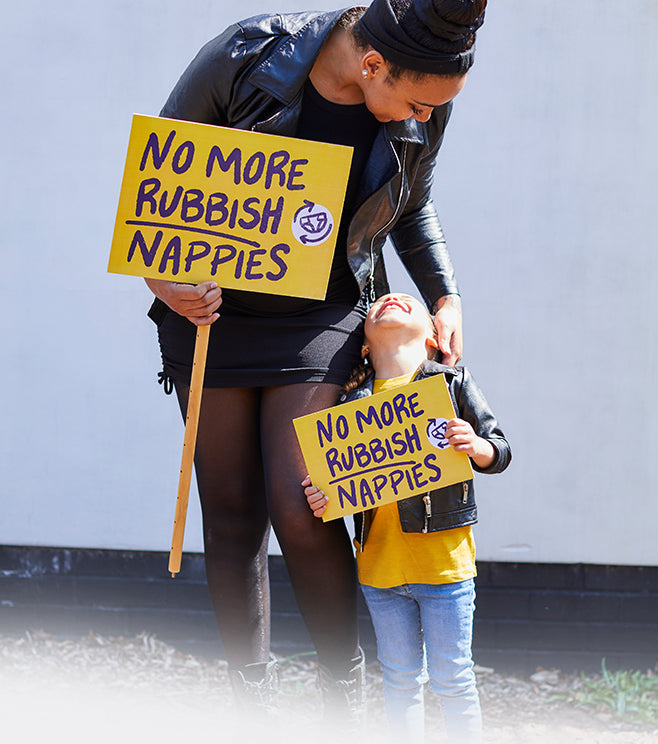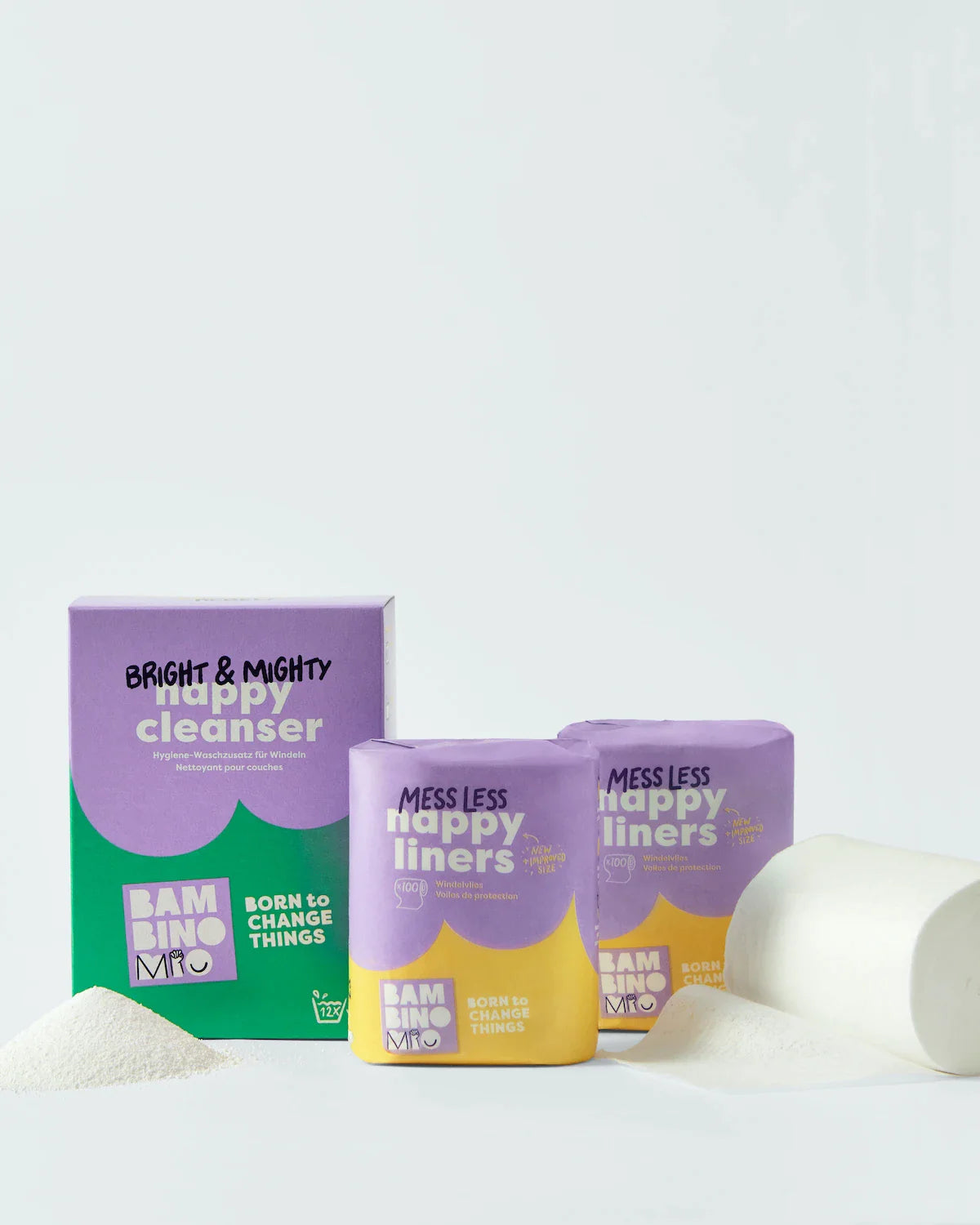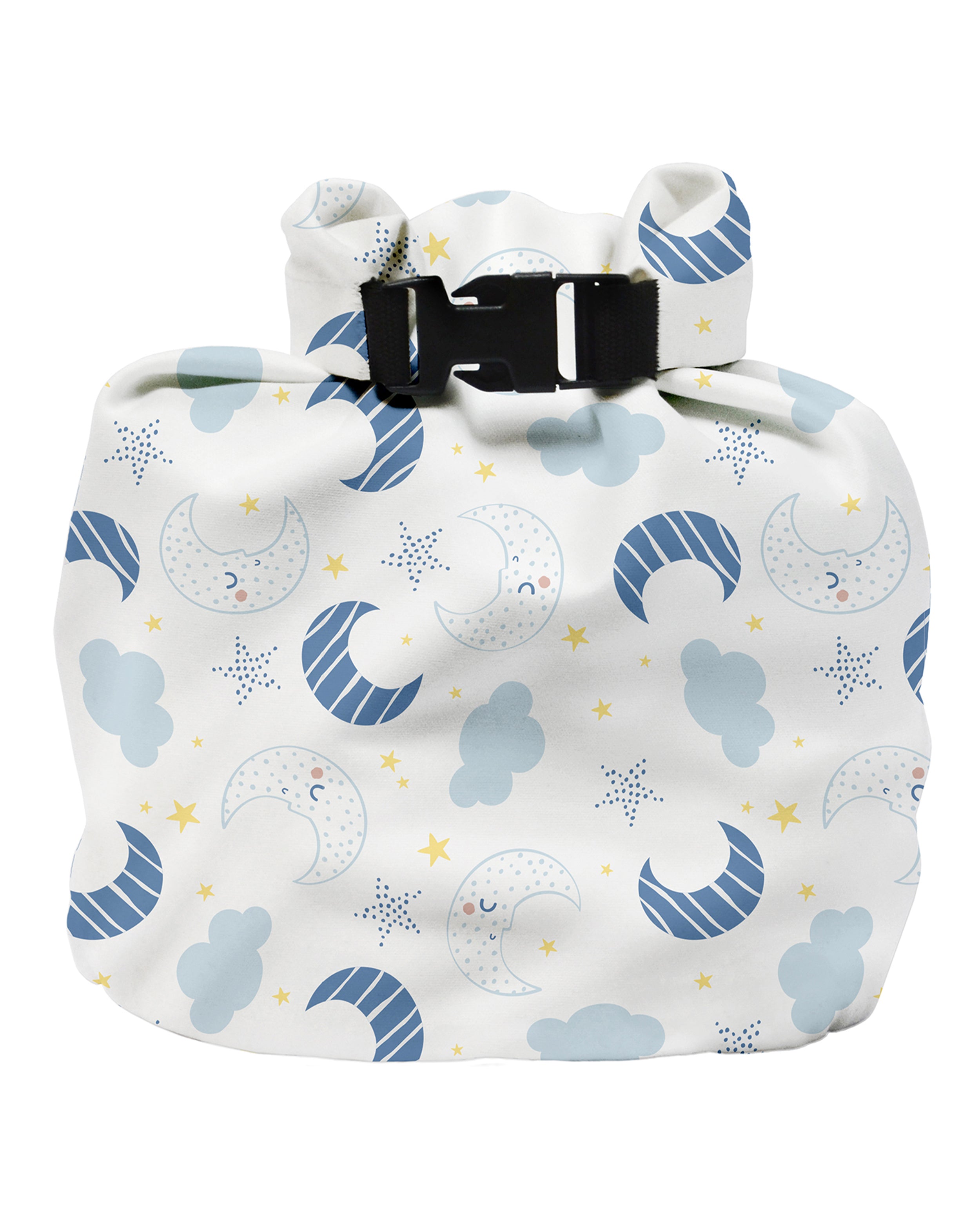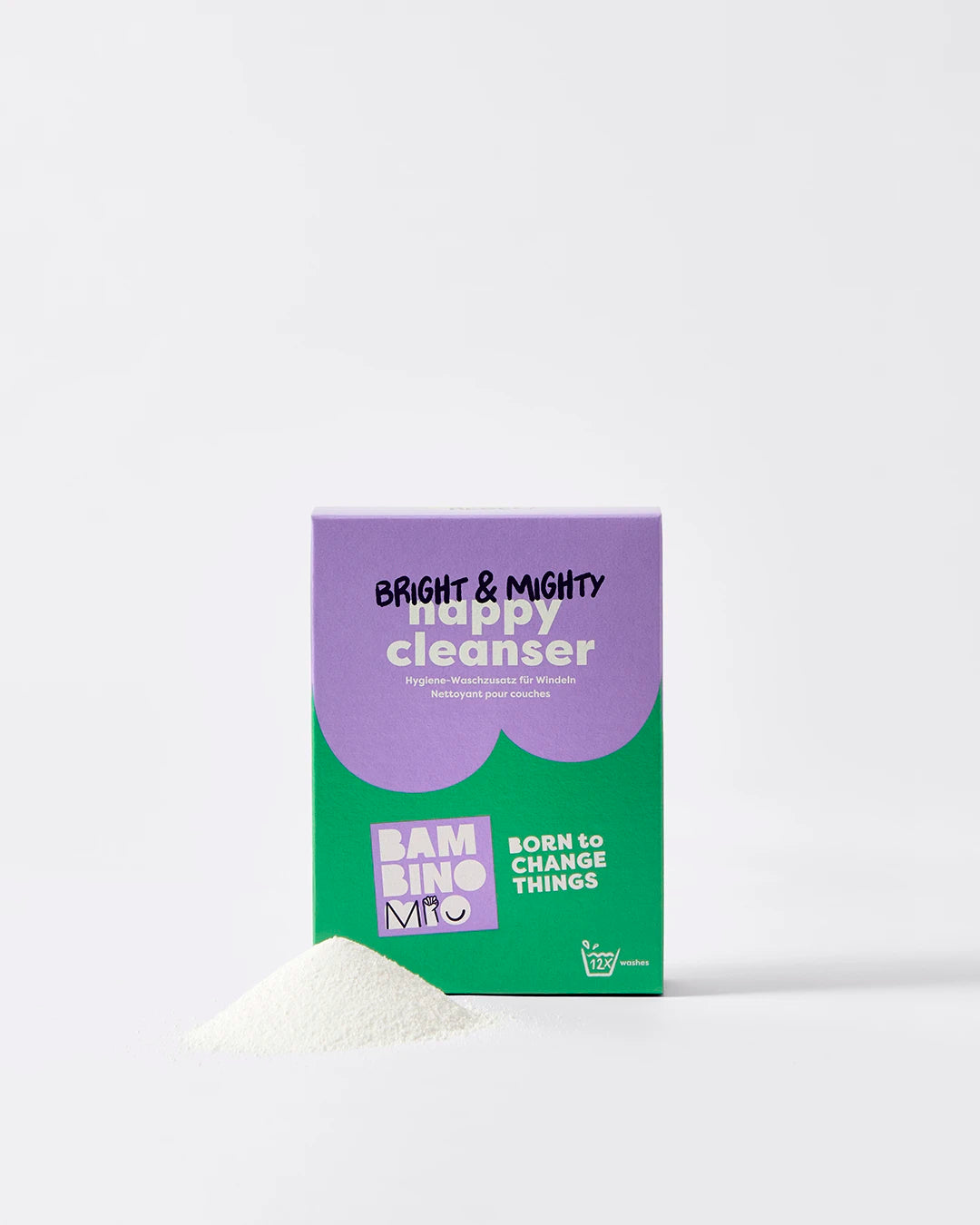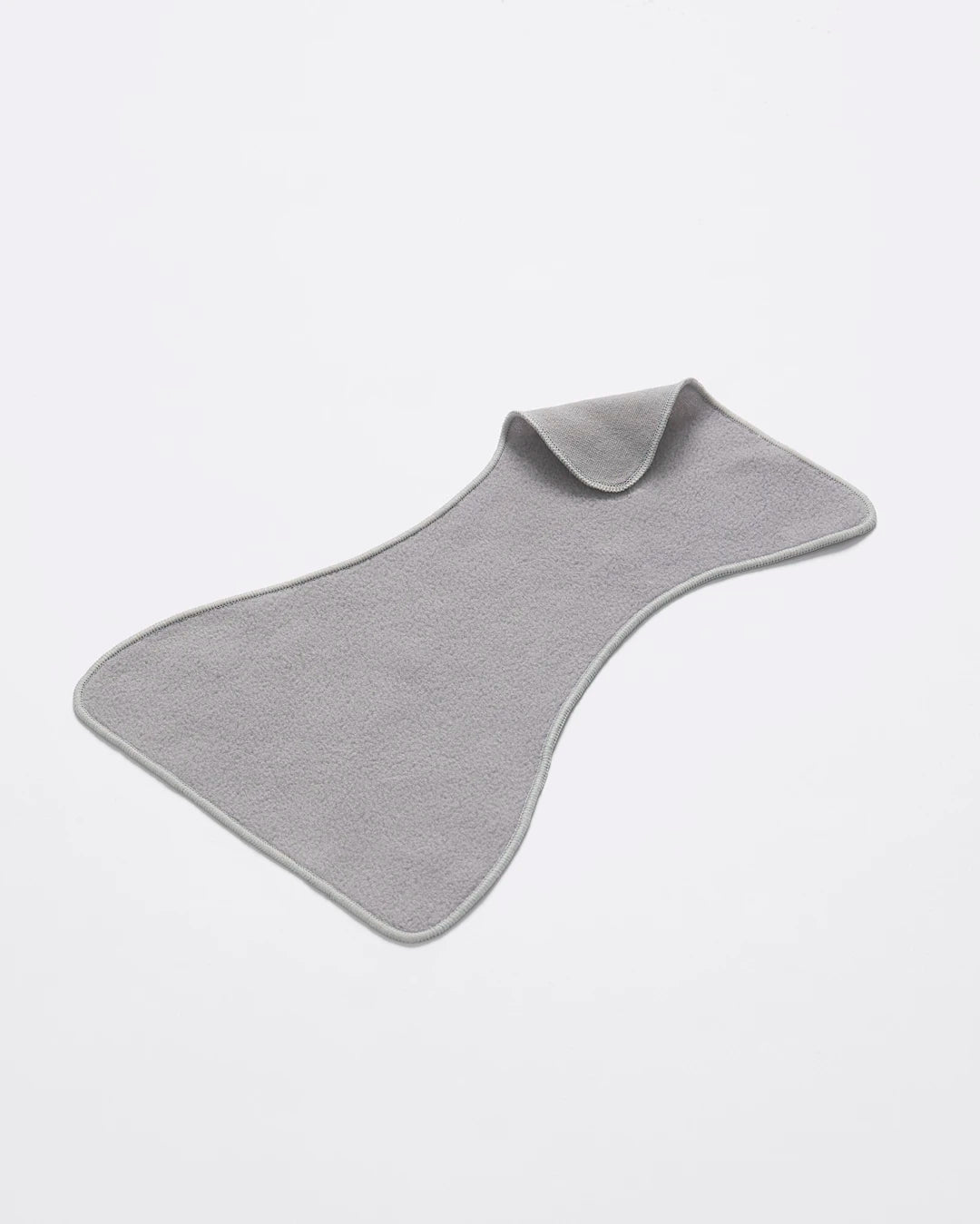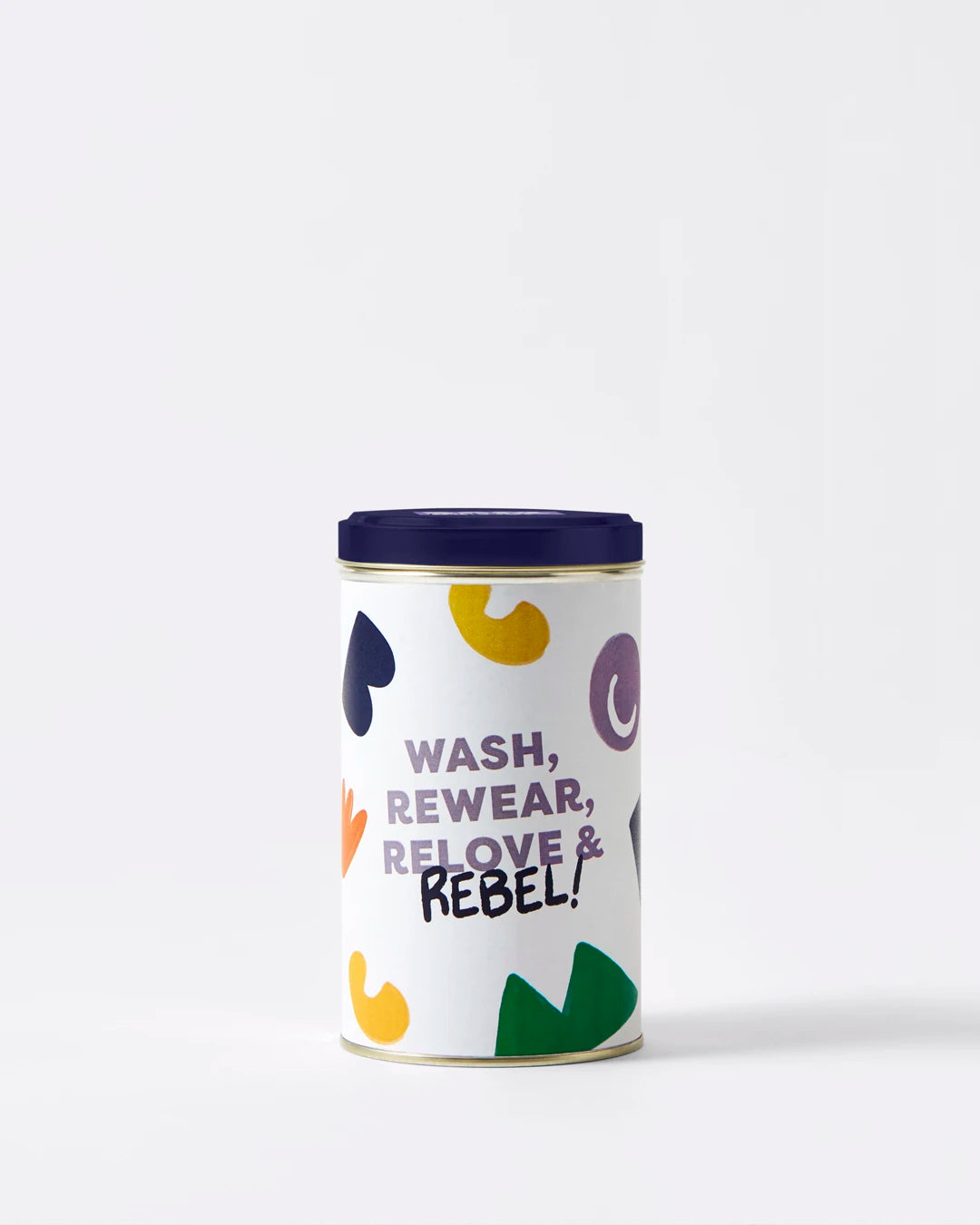Water birth | Glossary of Pregnancy & Baby Term
Share Options
- Bambino Mio
- 24 / 07 / 2023
Inside this Article:
What is a water birth?
A water birth (1) is when some or all of your labour and delivery happens when you’re in a pool or bath of water that’s heated to around 37C. Many hospitals and birth centres offer birthing pools and some women install a special pool at home for their water birth.
Will I have a midwife or doctor with me for a water birth?
Yes, you’ll have two midwives with you at all times, as well as your birth partner. Your midwife will check your baby’s heart rate every 15 minutes (2) and they’ll be ready to offer encouragement and support just as they would on dry land.
Are water births safe?
Yes. Water births are as safe as “dry land” births. However, they’re not suitable for all women. If you are overweight or have had complications during your pregnancy then your antenatal team may advise against a water birth. This is mainly because getting out of the pool might delay urgent intervention if it’s necessary.
What are the benefits of a water birth?
Many women who have a water birth or at least go through part of their labour in water report that they feel more relaxed and able to cope with contractions. A recent British Medical Journal review (3) found that women having water births needed fewer interventions and reported that they were happier with the experience.
There’s no evidence to suggest that water births have any significant effect either way on the babies’ outcomes, although fewer interventions is always a positive. Once delivered, the babies are lifted out of the water by the mother, their partner or a midwife so they don’t spend much time submerged.
Could my baby drown in the water?
It’s incredibly unlikely. Your baby will go from your amniotic fluid into the water so won’t experience anything different. They’re still getting oxygen into their blood from your umbilical cord and won’t start breathing until they’re in dry air (4).
Can I have pain relief in water?
You can use “gas and air” or Entonox (5) if you choose a water birth but you can’t have an epidural (6) or any opiate pain relief such as Pethidine. If you need another form of pain relief than Entonox you’ll have to leave the birth pool as anything that makes you drowsy or immobile isn’t safe for use in water.
Citations and References
- National Health Service (NHS). ‘What You Need to Know About Giving Birth in Water.’ 2018. Web. www.hey.nhs.uk/news/2018/02/07/need-know-giving-birth-water
- National Health Service (NHS). ‘Labour. Checks and Monitoring During Labour.’ 2023. Web. www.nhsinform.scot/ready-steady-baby/labour-and-birth/labour/checks-and-monitoring-during-labour
- British Medical Journal (BMJ). ‘Water Births Provide Clear Benefits for Healthy Mums and their Newborns.’ 2021. Web. www.bmj.com/company/newsroom/water-births-provide-clear-benefits-for-healthy-mums-and-their-newborns
- National Institutes of Health (NIH). National Library of Medicine. medlinePlus. ‘Changes in the Newborn at Birth.’ 2023. Web. medlineplus.gov/ency/article/002395
- National Health Service (NHS). ‘Pain Management Options. Entonox (gas & Air.’ 2023. Web. www.nbt.nhs.uk/maternity-services/pain-management-options/entonox-gas-air
- National Health Service (NHS). ‘Health A to Z. Epidural.’ 2023. Web. www.nhs.uk/conditions/epidural
- National Health Service (NHS). ‘Pain Management Options. Pethidine Injection.’ 2023. Web. www.nbt.nhs.uk/maternity-services/pain-management-options/pethidine-injection


